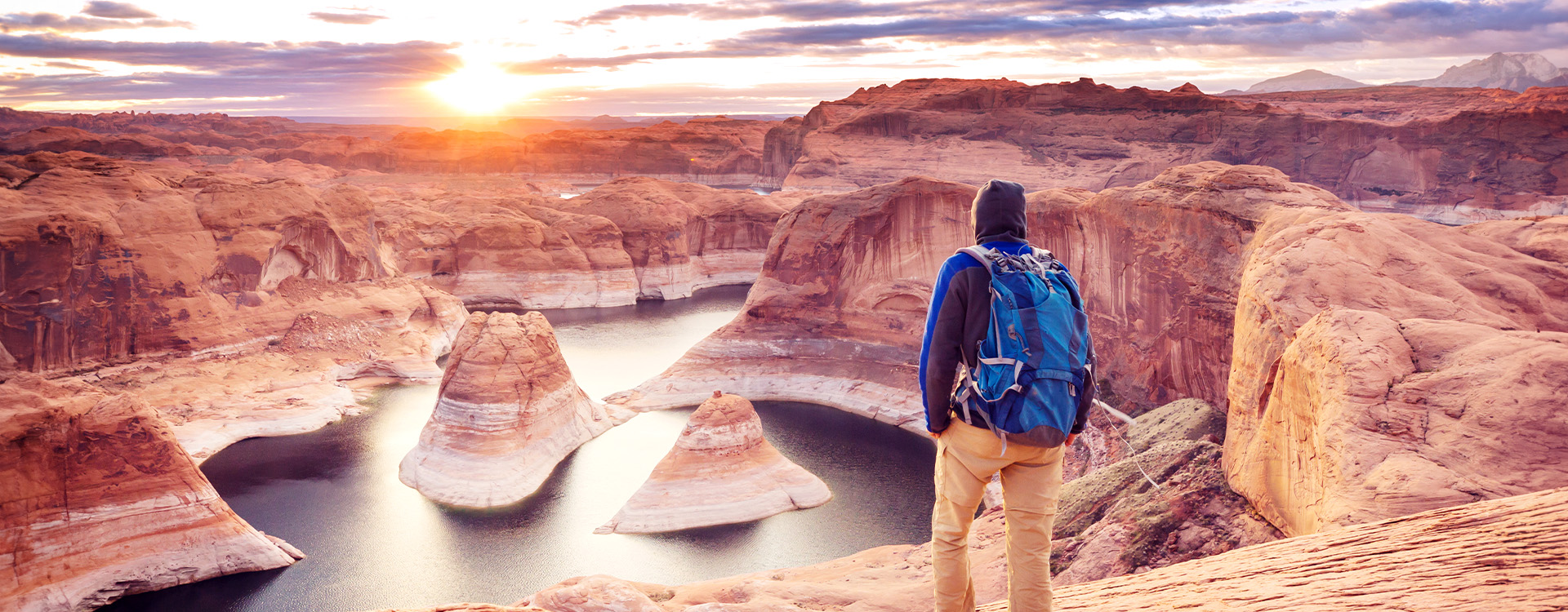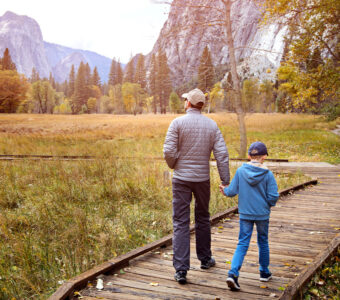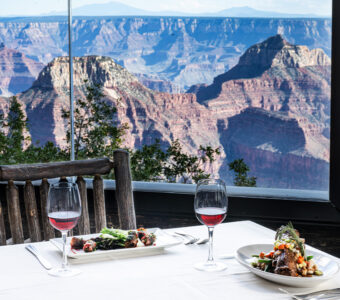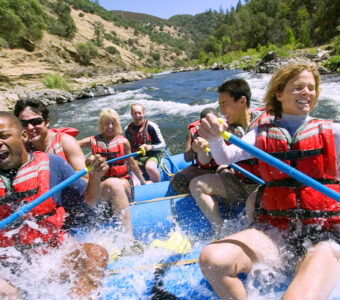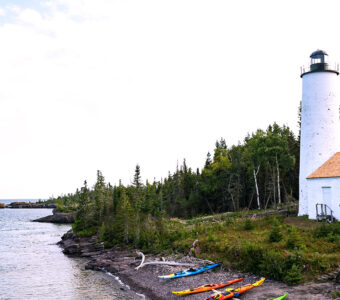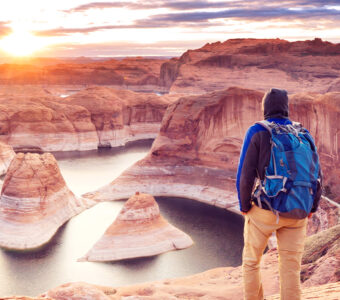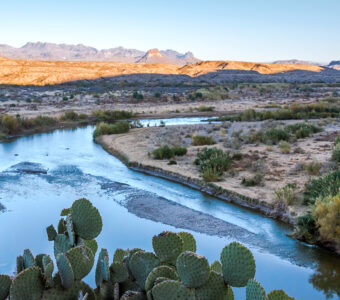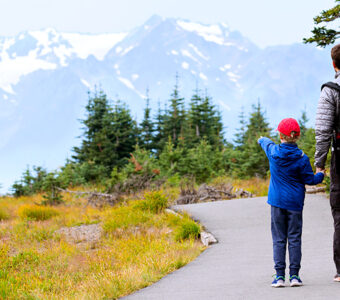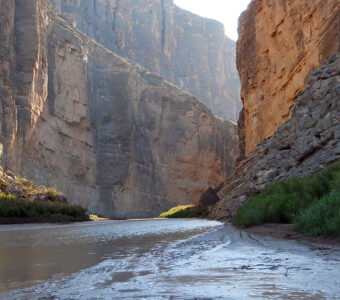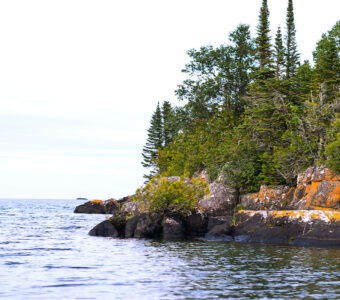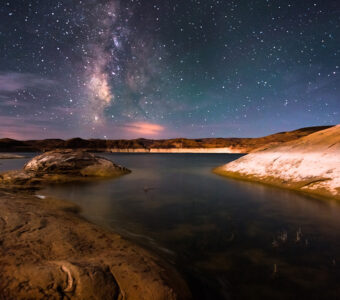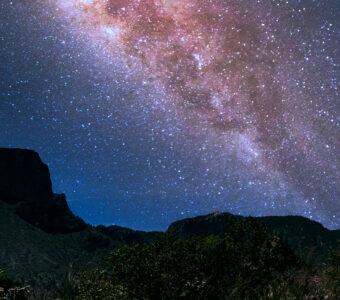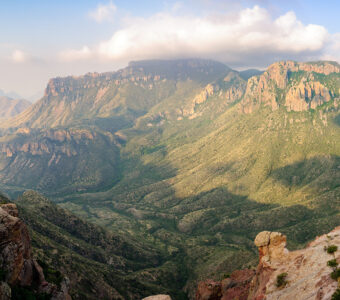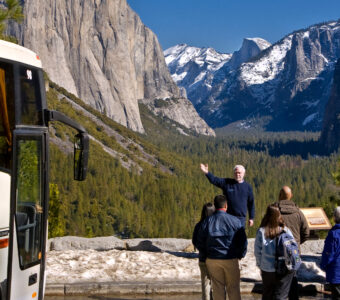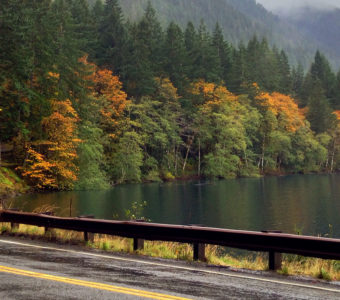As Earth Day approaches, it’s essential to reflect on how we can protect and preserve the natural wonders that surround us. National parks offer the opportunity to immerse ourselves in the beauty of nature, but with that privilege comes the responsibility to leave these pristine landscapes unspoiled for future generations. By embracing sustainable practices and exercising a “Leave No Trace” mindset, national park enthusiasts can ensure that their visits have a positive impact on the environment. Here are ten simple ways to make your next national park visit eco-friendly and sustainable:
10 Essential Leave No Trace Principles Every National Park Visitor Should Know
1. Educate Yourself with Leave No Trace Principles
Before embarking on your next national park adventure, take the time to educate yourself about the Leave No Trace principles. These guidelines provide essential tips for minimizing your environmental impact, from properly disposing of waste to respecting wildlife and vegetation. These are all key ingredients to ensure a safe trip and many more to come over the years as you respect the land and animals you are visiting.
2. Pack Light and Eco-Friendly
Traveling light not only reduces your ecological footprint but also makes for a more comfortable hiking experience. Pack only the essentials, opting for lightweight and reusable gear whenever possible to minimize waste. When packing for your camping trip, opt for eco-friendly gear made from sustainable materials. Look for products that are durable, lightweight, and biodegradable to reduce waste and minimize your carbon footprint.
3. Practice Zero Waste Hiking and Camping
Pack reusable water bottles and food containers to minimize waste while hiking. Avoid single-use plastics and opt for eco-friendly alternatives whenever possible. Remember to pack out all trash and leave nothing behind but your footprints when you are packing up from your campsite. Embrace the principles of zero waste hiking by leaving behind nothing but footprints and taking nothing but memories.
4. Capture Nature’s Beauty Responsibly
If you’re a photographer, practice Leave No Trace photography by respecting natural habitats and wildlife. Keep a safe distance from animals and refrain from disturbing their natural behavior for the sake of a photo. Leave the landscape as you found it and avoid trampling vegetation to get the perfect shot.
5. Respect Wildlife
Observe wildlife from a distance and refrain from feeding or approaching them. Avoid making loud noises or sudden movements that could startle or disturb animals. Remember that national parks are their home, and we are merely visitors in their territory.
6. Opt for Eco-Friendly Transportation
Reduce your carbon footprint by choosing eco-friendly transportation options for your park visit. Consider taking public transportation and explore the park via bike rentals to reduce emissions.
7. Practice Responsible Camping
Follow Leave No Trace practices when setting up camp, including selecting designated campsites and minimizing disturbance to the natural environment. Pack out all trash and leave your campsite cleaner than you found it. Respect quiet hours to minimize noise pollution and allow wildlife to thrive undisturbed. Try and minimize campfire impact by using established and designated areas as well as making sure you burn all wood and put out the campfire completely before leaving
8. Conserve Water
Practice water conservation by using water sparingly during your visit to the national park. Take shorter showers, turn off taps when not in use, and avoid wasting water unnecessarily. Respect water conservation measures implemented by park authorities to preserve this precious resource
9. Choose Sustainable Souvenirs
When purchasing souvenirs to commemorate your national park visit, opt for sustainable and locally-made products. Choose items that support local artisans and promote environmental conservation.
10. Leave a Positive Legacy
Take the opportunity to give back to the park by participating in volunteer programs, clean-up efforts, or restoration projects. If you are unable to physically help the parks, you can simply help by cleaning up after your stay. Leave behind a positive legacy by leaving the park cleaner and more beautiful than you found it, inspiring others to follow in your footsteps.
Make A Difference During Your Next National Park Stay
By incorporating these simple yet effective practices into your national park visit, you can make a positive impact on the environment while enjoying the beauty of nature responsibly. As we celebrate Earth Day and the beauty of our planet’s natural wonders, let us also remember the importance of protecting and preserving these treasures for future generations. Together, let’s ensure that our national parks remain pristine and unspoiled for all to enjoy, now and for years to come.
For more tips on sustainable travel and eco-friendly practices, visit The Nation’s Vacation.
